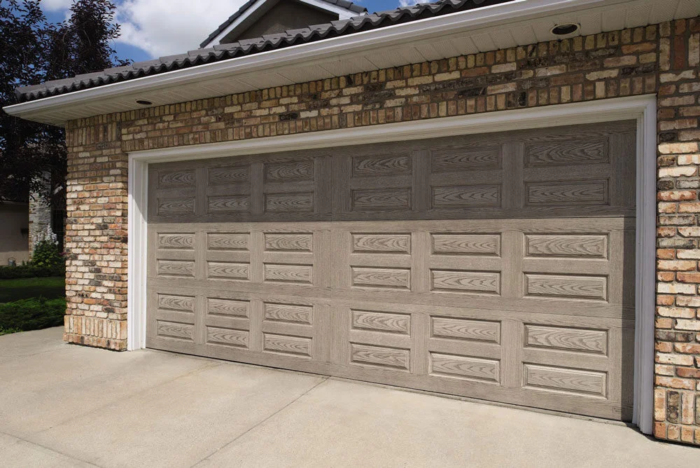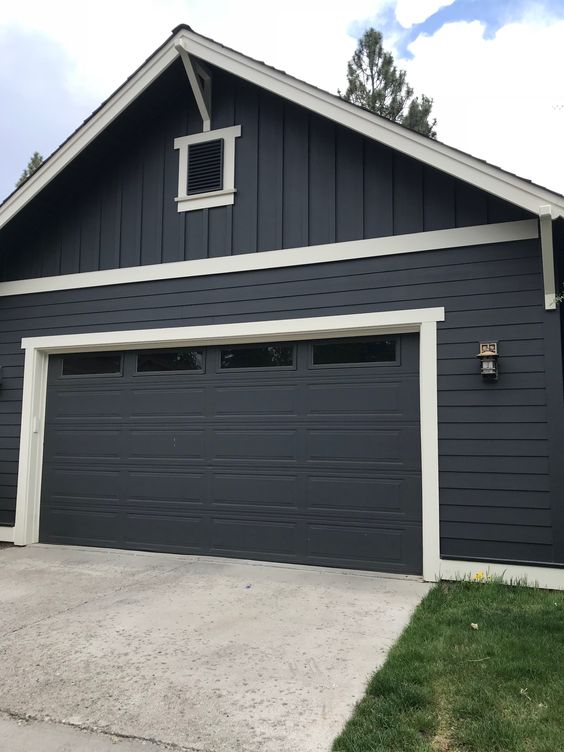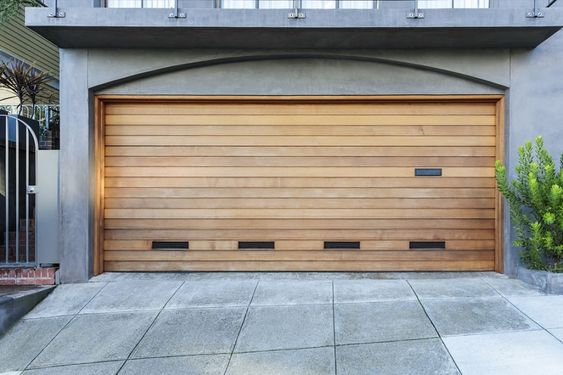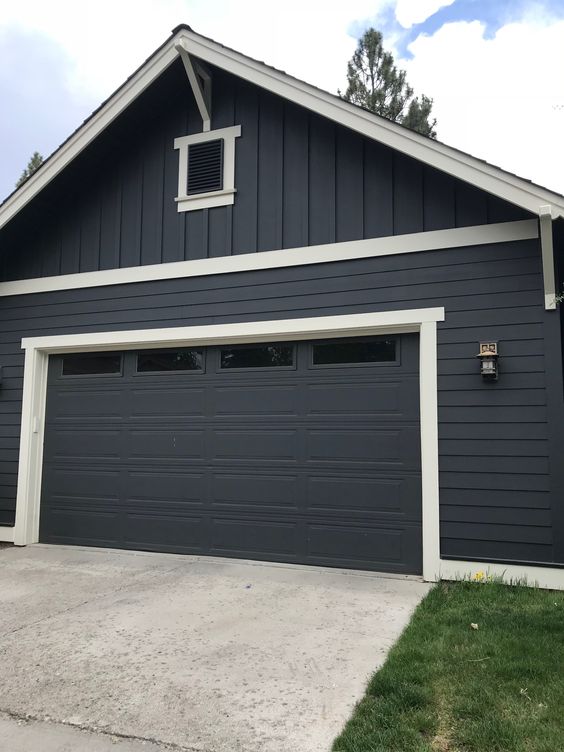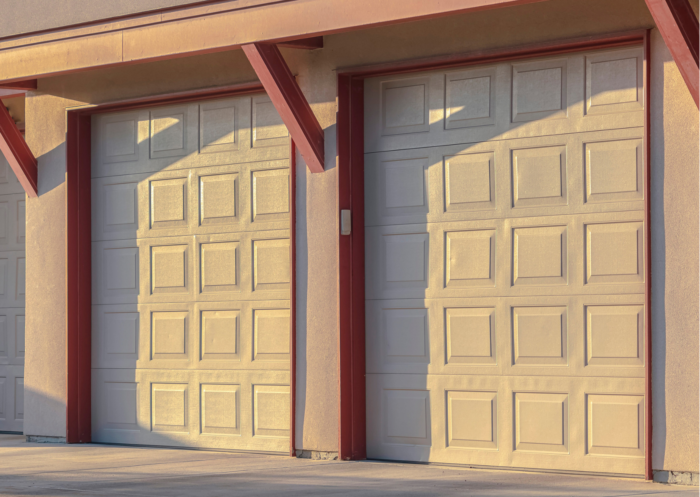The number of turns required for winding a Garage Door Repair Fort Lauderdale FL spring depends on various factors, including the type of spring, the weight of the garage door, the height of the door, and the manufacturer’s specifications. It’s important to note that winding garage door springs is a precise process that requires careful attention to safety and manufacturer guidelines. Incorrect winding can lead to dangerous situations and damage to the door.

Here’s a comprehensive guide to help you understand how many turns your garage door spring might need:
1. Torsion Springs:
Torsion springs are typically used in overhead garage door systems. The number of turns required for winding torsion springs depends on factors such as the weight of the door, the size of the springs, and the height of the door opening. Manufacturers provide specific guidelines based on these factors.
2. Determining the Number of Turns:
To determine the number of turns required for winding your garage door torsion springs, consider the following steps:
- Check the Spring Label: Some torsion springs have labels that indicate the number of turns needed based on the door’s weight and height. Look for this label on the spring or consult the manufacturer’s documentation.
- Calculate the Door Weight: Measure the weight of your garage door using a bathroom scale or a more accurate method. This weight, along with the door height, will help you determine the appropriate number of turns.
- Consult the Manufacturer: Manufacturers often provide a formula or chart that relates the door weight and height to the required number of turns. This information is crucial for ensuring the spring is wound properly.
3. Seeking Professional Help:
Winding torsion springs requires expertise, and attempting to do it without proper knowledge and tools can lead to serious injury. If you’re unsure about the correct number of turns or the process, it’s strongly recommended to seek help from a professional garage door technician. These technicians are trained to calculate the precise number of turns based on the door’s specifications and ensure that the springs are safely wound.
4. Extension Springs:
Extension springs, which are commonly used in single-car garage doors, also have specific guidelines for determining the number of turns or twists. The required turns depend on the type of extension spring system (open-looped or clipped-end) and the door’s weight.
5. Extension Spring Guidelines:
For extension springs, follow these general guidelines:
- Open-Looped Springs: These springs typically require 7-9 turns per spring. However, the exact number of turns can vary based on the door’s weight and other factors. Consult the manufacturer’s guidelines or seek professional assistance.
- Clipped-End Springs: These springs require fewer turns compared to open-looped springs. They might need around 5-7 turns per spring, but the specific number should be determined based on manufacturer recommendations and door specifications.
Conclusion:
The number of turns required for winding Garage Door Repair Fort Lauderdale FL springs varies based on factors such as the type of spring, door weight, door height, and manufacturer recommendations. Precise winding is crucial for the safe and effective operation of your garage door. Incorrect winding can lead to spring breakage, door imbalance, and safety hazards. To ensure proper winding and to avoid potential dangers, it’s advisable to consult the manufacturer’s guidelines, labels on the springs, or seek assistance from a professional garage door technician. These experts have the knowledge and tools to determine the appropriate number of turns for your specific garage door system, ensuring its longevity and safe operation.
Denzel Garage Doors
3414 N Ocean Blvd B, Fort Lauderdale, FL 33308, United States
1-954-466-8476


